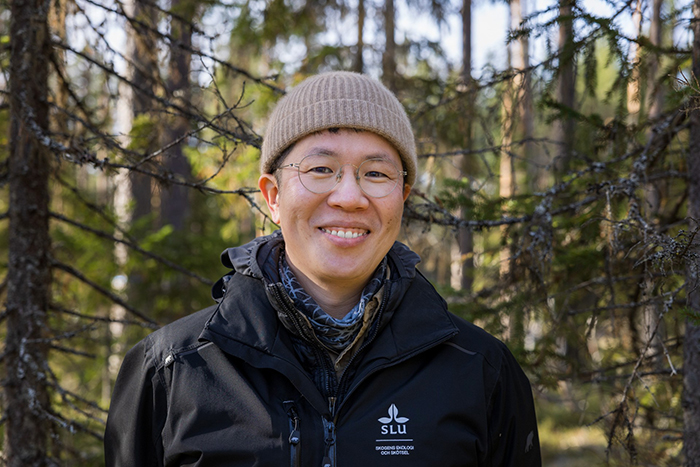Dead branches are overlooked in forest carbon accounting

Tree branch mortality has been largely ignored in models and field measurements calculating forest carbon fluxes and stocks, a study shows. This oversight leads to an overestimation of forests’ long-term carbon potential by up to 17 per cent, possibly misleading global carbon budget assessments.
Every single person has a clear picture of what a tree looks like - trunk, roots and branches. But they may not realize that branches continuously die and are replaced even in healthy, growing trees. Accounting for this replacement is crucial for accurate carbon calculation.
“This study highlights that we can miss one-sixth of the carbon dynamics of forests when we overlook dead branches”, says Hyungwoo Lim at the Swedish University of Agricultural Sciences, one of the authors of the study that is published in PNAS.
One does not have to wander far into a forest to notice many dead branches, and realize the obvious fact that tree branches die, but it remains difficult to explain why the dead branches have been given so little attention.
“In the past 20 years, we found only four papers addressing branch mortality, and two of them are ours”, says Hyungwoo. “One reason branch mortality and replacement have not been studied is that these processes are so difficult to measure”, suggests Professor Ram Oren, a co-author at Duke University and visiting professor at the University of Helsinki, “and when processes are not measured, they are difficult to capture correctly in models”.
To address this gap, Lim and Oren began analyzing data from long-term experimental forests in Sweden and expanded their efforts by establishing a global collaboration with researchers from the USA, Finland, Estonia, Austria, Slovakia, Brazil, and Nepal.
The researchers recommend measuring additional variables, for example the crown limit – the height on a tree trunk where the lowest living branch is attached – to better estimate branch mortality.
“What we learn from this is that apparently obvious factors can be completely missed in complex models. If these results are applied globally, it could significantly influence current and future carbon projections”, says Hyungwoo.
Contact
Hyungwoo Lim, Researcher
Department of Forest Ecology and Management
Swedish University of Agricultural Sciences, Umeå
hyungwoo.lim@slu.se, 090-786 84 15
https://www.slu.se/en/ew-cv/hyungwoo-lim/
The article
Hyungwoo Lim et.al. 2024. Overlooked branch turnover creates a widespread bias in forest carbon accounting. PNAS. https://doi.org/10.1073/pnas.2401035121
Press image
(May be published without charge in articles about this press release, please include the name of the photographer).
Hyungwoo Lim. Foto: Susanna Bergström
